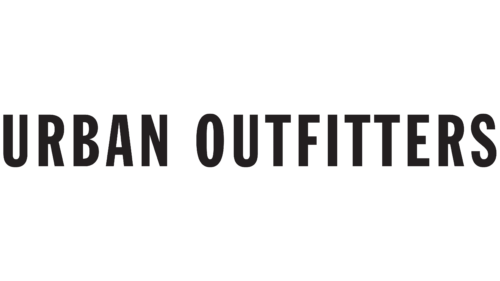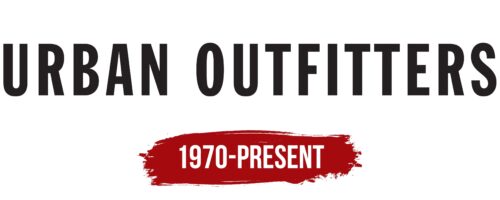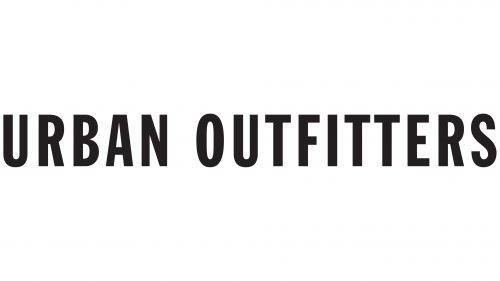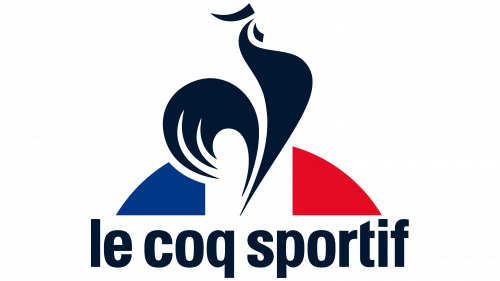The Urban Outfitters logo is a model of style, confidence, and balance. The emblem embodies a brand that successfully combines the roles of retailer and manufacturer, always staying at the forefront of fashion trends. The brand offers the most up-to-date high-fashion products for the modern consumer. When shopping at this brand’s stores, customers can be confident that their look will meet the highest standards of style and relevance.
Urban Outfitters: Brand overview
When Judy Wicks, Scott Belair, and Richard Hayne launched the first Urban Outfitters store, the Free People’s Store, in Philadelphia, Pennsylvania, in 1970, the company’s history officially began. This little shop targeted students and sold vintage goods, hippie-style apparel, and various accessories. It was situated close to the University of Pennsylvania.
The brand entered a new phase when the store was renamed Urban Outfitters in 1976. This move aligned with the company’s intention to establish a distinctive retail experience and its increasing emphasis on urban youth. The retailer started creating its look by fusing modern trends with old aesthetics.
The enterprise saw tremendous growth during the 1980s. The business began establishing new locations in other American cities, extending its reach beyond Philadelphia. Every store had a different design that reflected the local way of life and architectural style, which became a hallmark of the brand.
The retailer introduced its first in-house apparel collection in 1987. This choice increased profitability and gave the corporation more control over the appearance and caliber of its products. Customers quickly embraced the house apparel line, which complemented the other brands in the stores.
The corporation continued to grow in the 1990s. In 1992, it listed its shares on the NASDAQ to become a publicly traded business, raising more money to spur expansion and brand development.
In 1998, the business introduced Anthropologie, a new brand, to appeal to older female consumers. This expanded the retailer’s clientele and penetrated a new market.
The company made waves in worldwide retail in the early 2000s. In 2002, it debuted in London as its first outlet outside the US, marking the brand’s active entry into the European market.
The enterprise revived the name of its first store and launched a new brand, Free People, in 2004. Free People catered to young ladies with their boho and retro-inspired apparel.
In 2006, the retailer established its first location in Canada, a major step toward increasing its footprint in North America.
Despite the global financial crisis 2008, the company continued its growth, adding additional locations and growing its web presence. The organization effectively adjusted to evolving customer inclinations, fortifying its online footprint.
A pivotal moment came in 2011, when founder Richard Hayne appointed Glen Senk as CEO, with Hayne continuing to serve as board chairman. With this leadership transition came fresh concepts and approaches to development.
2015, the retailer unexpectedly moved toward corporate diversification when it acquired the Vetri Family chain of eateries. This agreement represented the company’s goal of developing all-encompassing retail environments that include dining and shopping experiences.
The business introduced Nuuly, a new garment rental brand, in 2017. This innovative product was designed to satisfy the increasing need for flexible and sustainable fashion consumption methods.
The retailer opened new locations in Europe and Asia in 2019 as part of their ongoing global expansion. Additionally, the business improved its omnichannel sales approach by fusing offline and online client interactions.
In 2020, the company expanded the development of its digital sales platforms despite worldwide challenges. The enterprise made large investments in enhancing its mobile apps and web platforms, which allowed it to service clients despite physical store constraints successfully.
In 2021, the retailer added new brands and product categories to its Nuuly garment rental service, reflecting consumers’ increasing interest in alternative types of fashion consumption.
The business introduced a new product customization effort in 2021. To allow customers to create personalized wardrobe pieces, the retailer started providing customization services for apparel and accessories in a few locations.
In 2022, the company opened additional stores in numerous European nations as part of its ongoing global expansion. Additionally, the business increased its market share in Asia, especially in South Korea and Japan.
The enterprise unveiled a revised store design idea that year to make shopping more participatory and interesting. The updated layout featured areas for events and digital technology components.
A new line of home goods under the retailer’s brand was introduced in 2023. This collection was created in response to the growing interest of young people in interior design, reflecting the company’s goal to increase its market share in the home goods industry.
In 2023, the retailer also improved its influencer and social media marketing. The business began partnerships with well-known bloggers and celebrities, improving its standing among young people.
As a multi-brand retailer, the company changes constantly to reflect shifting consumer tastes and market conditions. While growing its footprint in several fashion and home products business areas, the retailer concentrates on the youth demographic.
The enterprise has continuously adjusted to shifting consumer tastes and fashion trends while preserving its distinct aesthetic and business model. The company has expanded from a tiny shop in Philadelphia to become a global brand with multiple popular retail formats.
Meaning and History
What is Urban Outfitters?
It is a youth-oriented international retailer offering a variety of merchandise. The brand is known for its distinctive line of gifts, home décor, accessories, and apparel, often combining modern and vintage trends. The store’s unique, bohemian atmosphere is characterized by a well-chosen assortment of merchandise featuring house brands and big names. College students and young professionals looking for unique, fun, and sometimes controversial merchandise are especially fond of this retail chain. In addition to clothing, the company offers cosmetics, tech accessories, music (including vinyl records), and more. With its original retail idea and focused strategy, the brand has made a name for itself in the youth retail industry.
1970 – today
The Urban Outfitters logo consists solely of the brand’s name, perfectly aligning with the urban youth fashion the brand targets. Interestingly, the company was originally known as Free People. Still, with the opening of a second store, the name was changed to Urban Outfitters to reflect the company’s concept and spirit better.
The font is soft and slightly elongated upward, maintaining harmony and clarity in its lines. The typography gives the logo a sense of respectability and classic beauty, reflecting the brand’s aim to be modern and stylish while staying true to traditional values of quality.
The company offers “fast fashion” products, meaning the stores always feature the most current and trendy items designed for the present season. This allows customers to always look fashionable and up-to-date. The logo’s symbolism conveys confidence in the high quality of the products, which the brand consistently maintains.
The logo’s absence of additional details or embellishments emphasizes its classic style, resonating with the brand’s mission to offer only the most relevant and sought-after looks. This simplicity and straightforward design highlight the brand’s confidence in its identity and role in the fashion market, where it continues to be a leader among youth who value style and quality.





